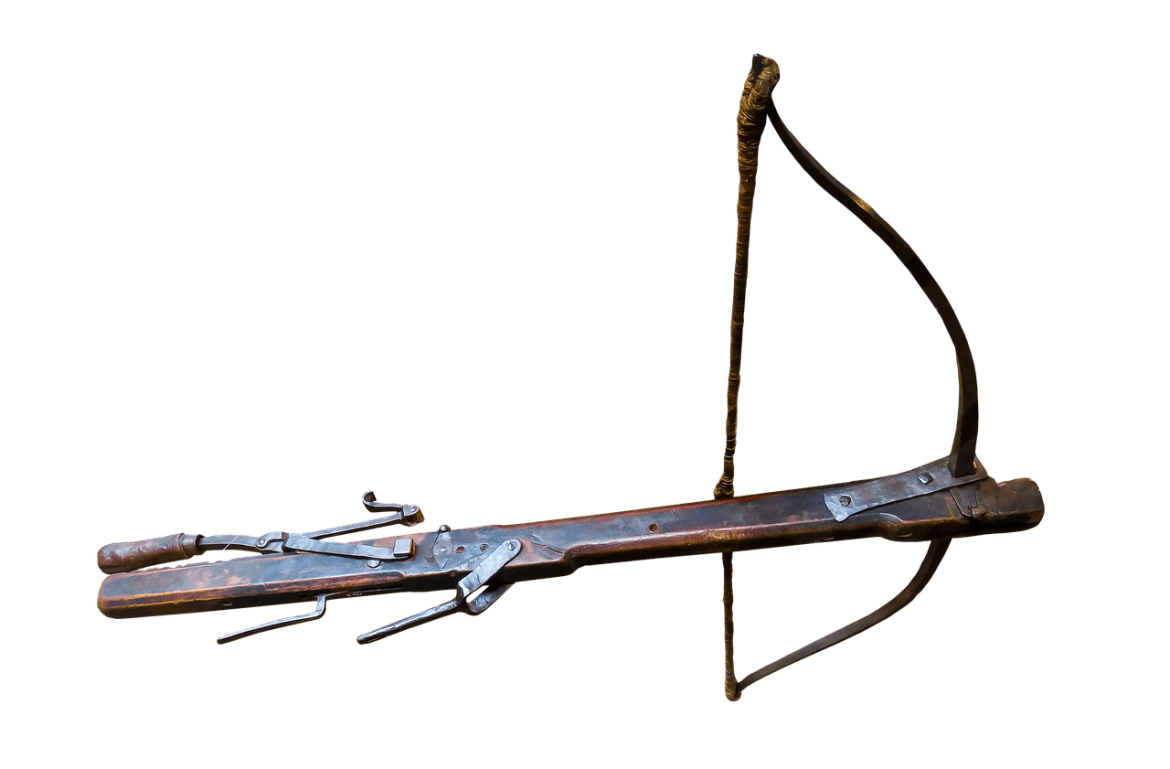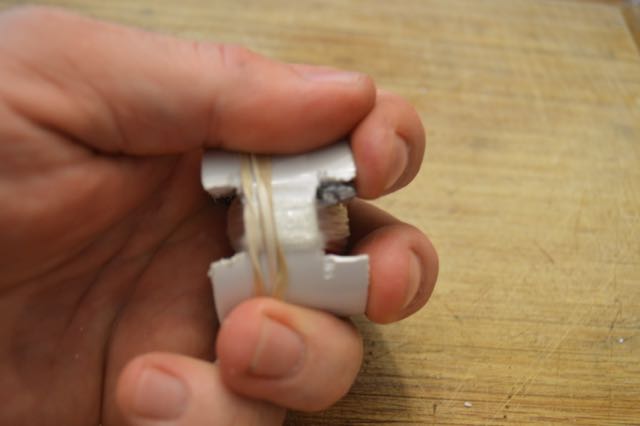Every hunter out there who hunts regularly must have heard of or is familiar with Crossbows. Crossbows date back to medieval times, about two thousand years and still thrive well in today’s market, among hunters, artifact, relic and weapon collectors alike. A crossbow is a type of bow that consists of horizontal bow-like assembly mounted […]
Category: Outdoor Life
Nine Tips To Becoming A Better Bow Hunter
Bow hunting is a difficult form of hunting and many turn to it because of that. If you care about becoming a better bow hunter then you need to push youtself, learn your limits, and fight to be successful. There are many things that can go wrong in every scenario, but hopefully these 9 tips […]
10 Reasons Children Should Learn Archery
Many studies have shown that students who are involved in extracurricular activities are far less likely to develop dangerous habits like smoking and drug abuse. Despite the heavy evidence supporting these facts, only 2.6 million of students from the ages 12-17 are actively enrolled in such activities. If you are looking for a good after-school […]
Is the Bow an Effective Self-Defense Weapon for Self Defense?
This is a guest post, I don’t agree that a bow is anywhere close to being the most effective self defense weapon, but in the spirit that people who don’t/can’t own firearms still need self defense tools I am posting it. Besides I still get comments on my video discussing why I don’t like the […]
How to Make a PVC Fishing Button
I first saw this Fishing Button on a Doomsday Prepper video from Scott Hunt, but I have also seen it in many other places online. After making some modifications of my own, I decided to make a couple to stick in my bug out bags. It is smaller and lighter than the other PVC fishing pole […]





